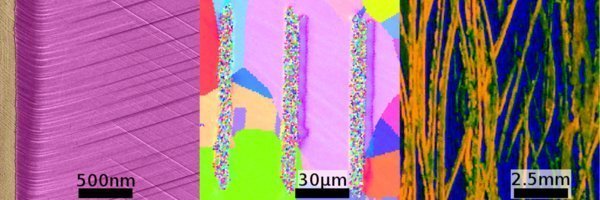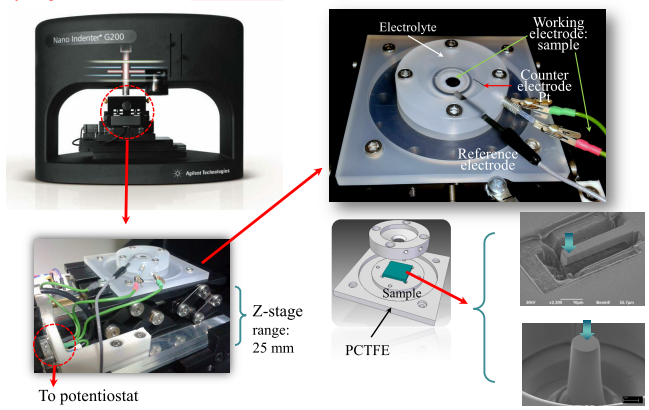
Hydrogen embrittlement of steels: environment-assisted in-situ micro-mechanical tests
Hydrogen embrittlement (HE) of steel is a great challenge in engineering applications. However, the HE mechanisms are not fully understood. Conventional studies of HE are mostly based on post mortem observations of the microstructure evolution and those results can be misleading due to intermediate H diffusion. Therefore, experiments with a simplified stress states and in-situ mechanical loading are required to better understand HE.
The availability of micromechanical experiments and the combination with environmental enclosures allows us to verify the proposed embrittlement mechanisms separately for identical microstructure components and to fundamentally understand HE in steels.
In this project we focus on in situ micromechanical bending and compression experiments on steel samples (micromechanical cantilevers and pillars produced by using focused ion beam milling) with different sizes, different loading rates in the presence/absence of hydrogen. Both austenite and martensite steels will be used for comparison. The interaction between the loading rate and the hydrogen diffusion and the geometry effect on the plasticity and fracture will be the core of this project to advance the HE mechanisms.













